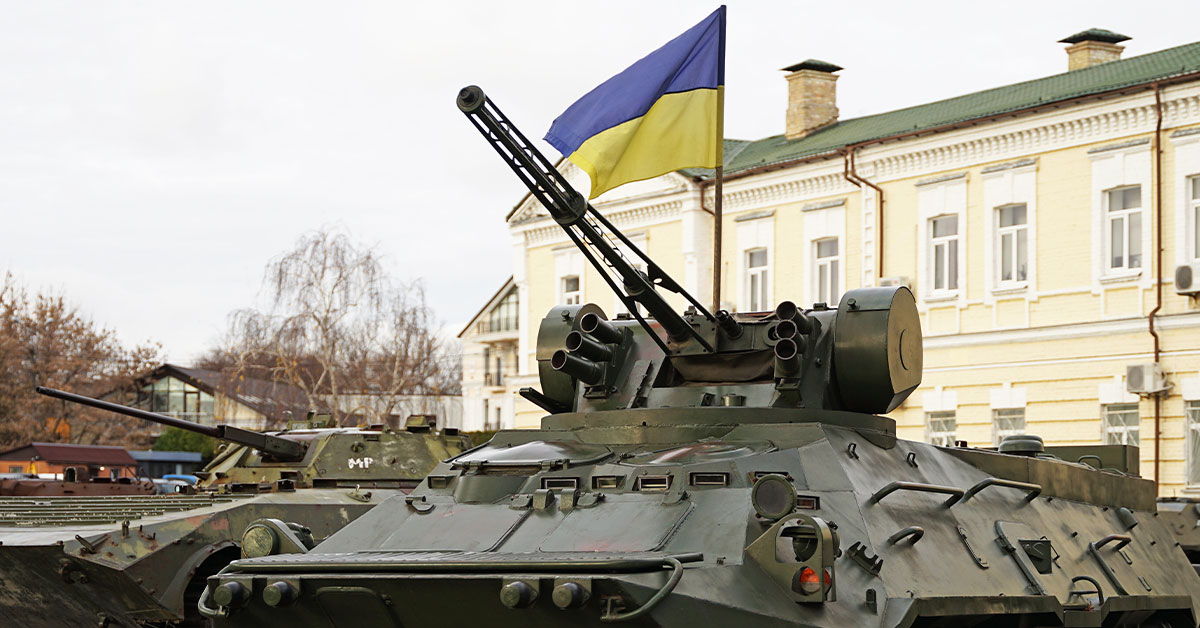Insights
Conflict between Russia and Ukraine impacts the FX market

February started out as a quiet month, with markets focusing on how quickly central banks would raise interest rates, but all that changed after the Russian forces invaded Ukraine.
Volatility spiked and safe haven assets shined. In the FX arena, this translated into a stronger Japanese yen as global bond yields retreated, narrowing the yen’s interest rate disadvantage. The dollar also benefited from defensive flows, despite traders unwinding bets for Fed rate increases.
However, the euro was not so fortunate. It erased all the gains it posted after the ECB signaled rate hikes are on the horizon to trade lower, amid worries about European growth. Of course, the biggest winner was gold, which powered higher as nervous investors looked for shelter from the storm and as real yields came crashing down.
The IXI Fund yielded some measurable gains during February, despite some early losses at the beginning of the month. The catalyst for this was the increased market volatility, ignited by the geopolitical turmoil between Russia and Ukraine which soon escalated to a full-blown conflict. A televised war between two modern, fully developed countries shocked the world and shifted norms.
Inevitably, such an event had a direct impact on the FX market with regards to pricing, liquidity offering and trading costs, but IXI Fund algorithms were able to cope successfully and capitalize on the pertinent volatility. Given the significance of the event and the high degree of uncertainty related to when and how this reality-changing war will stop, we at IXI remain vigilant and monitor the events closely, making sure our risk processes and indicators are satisfied

